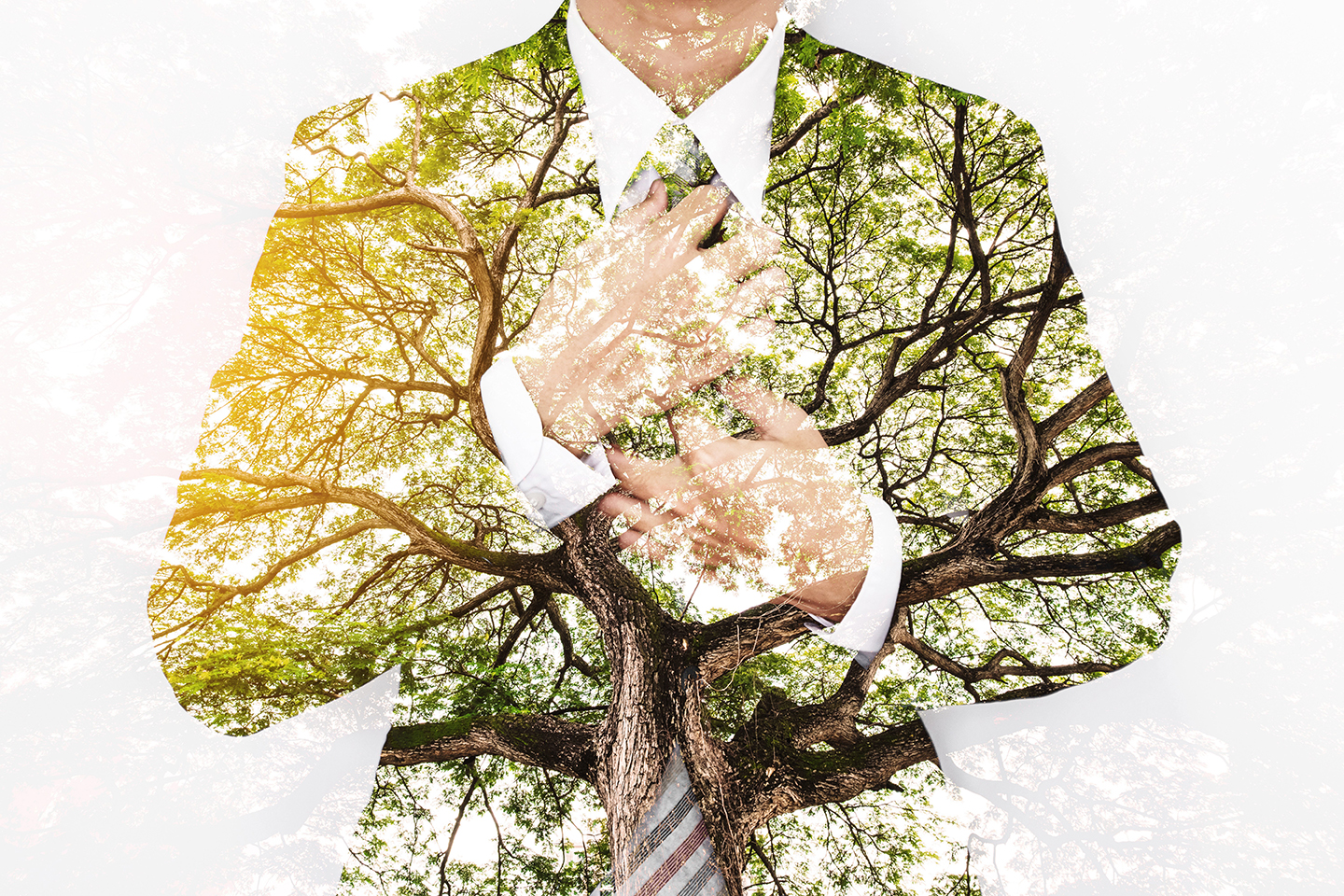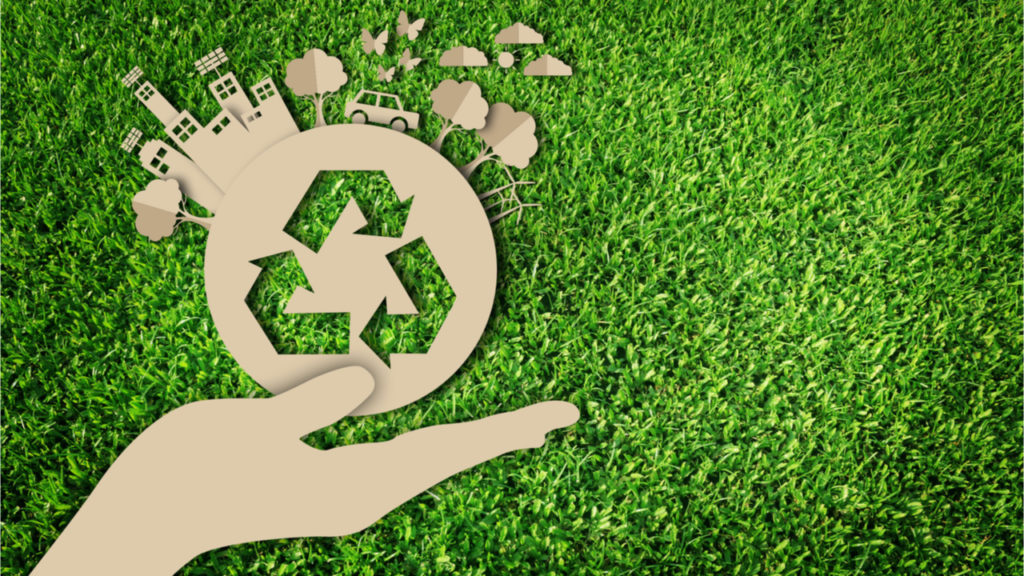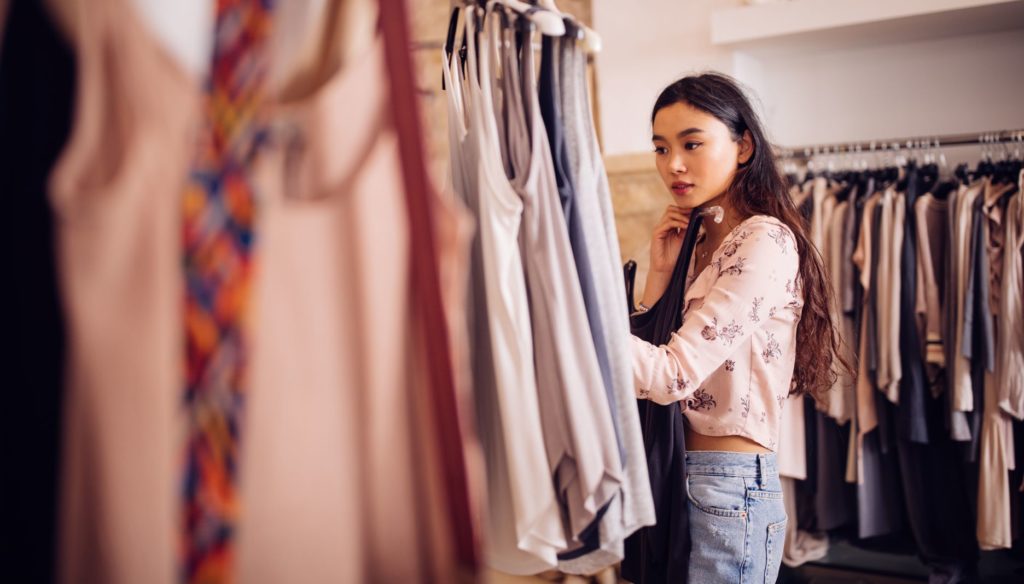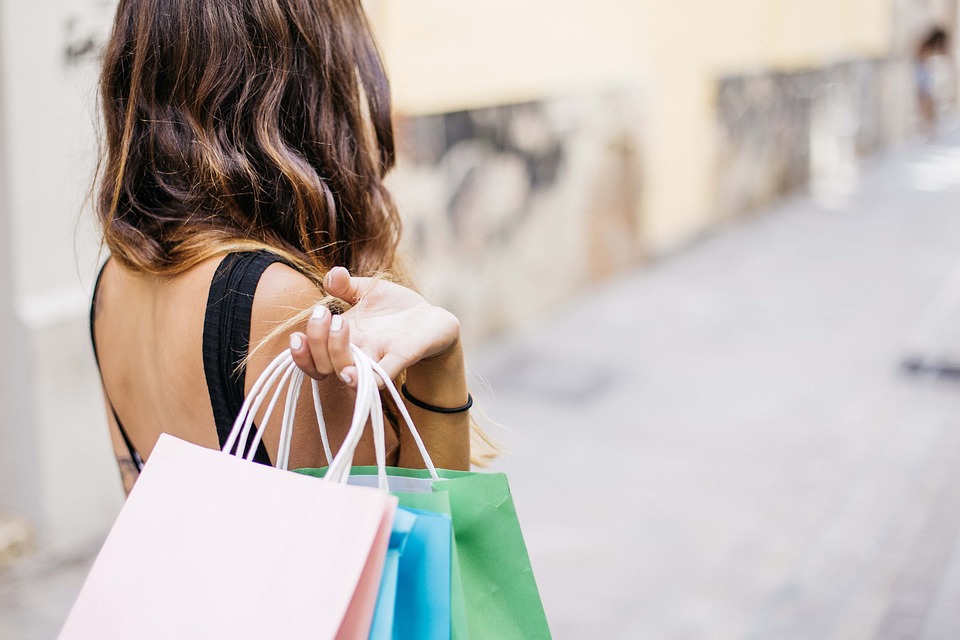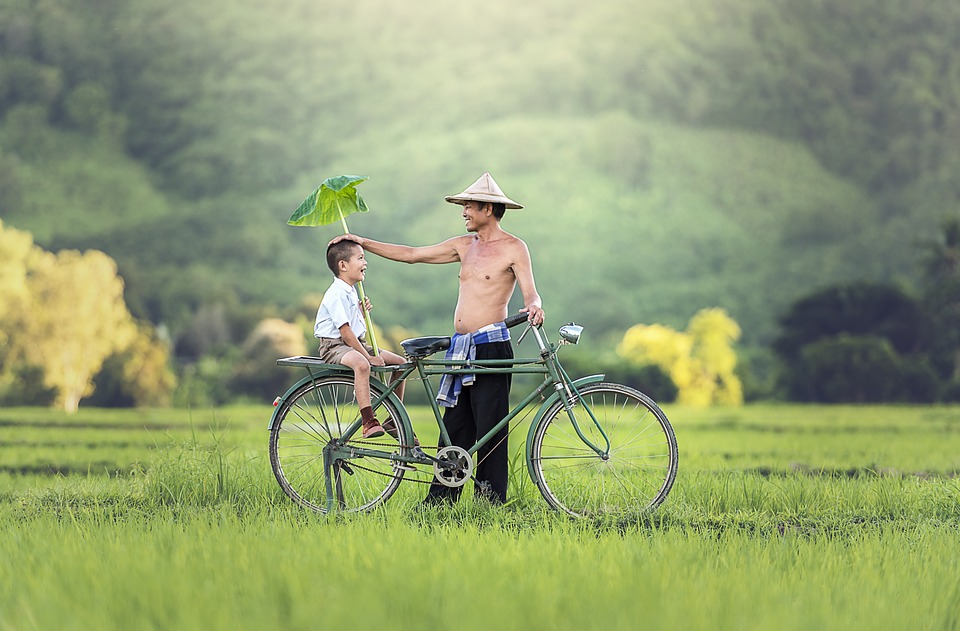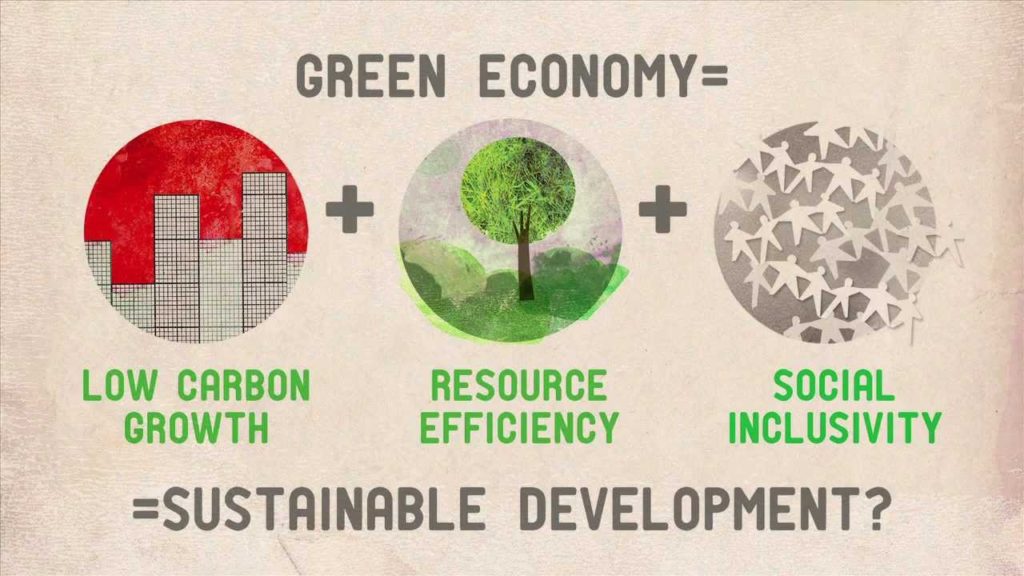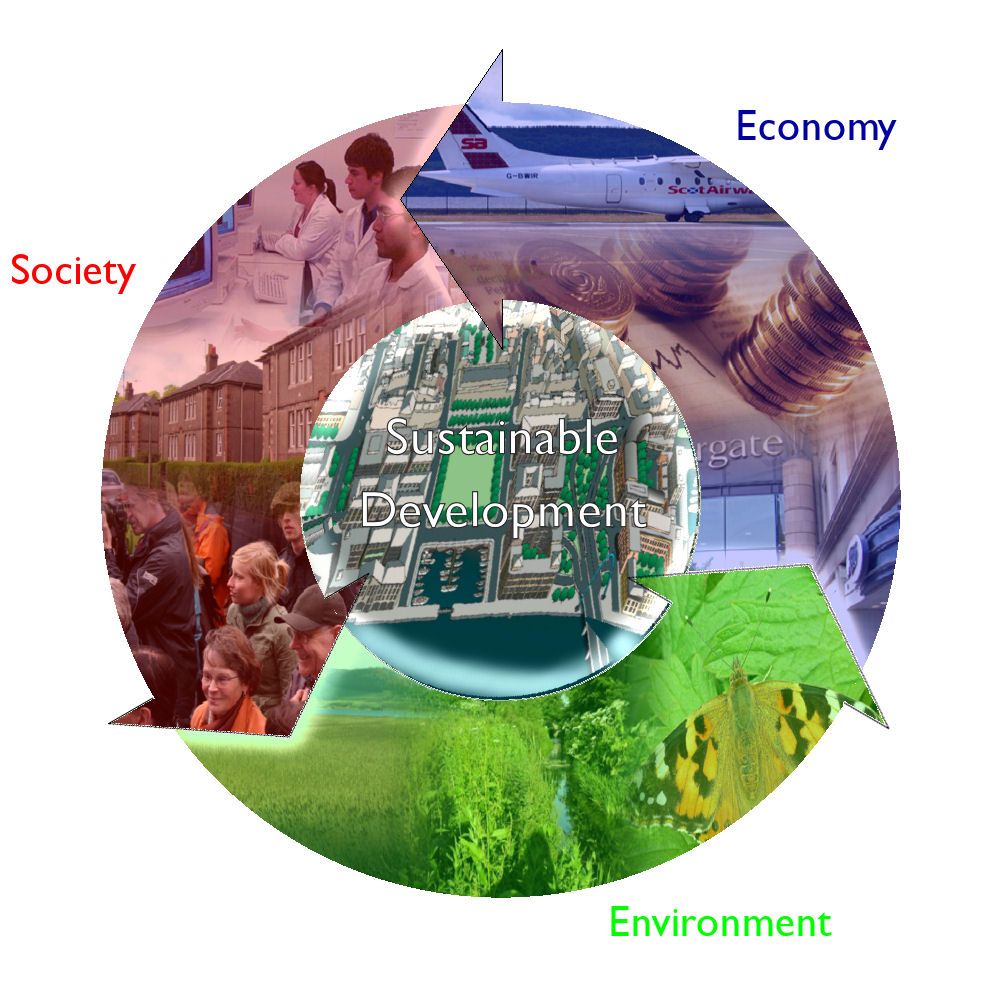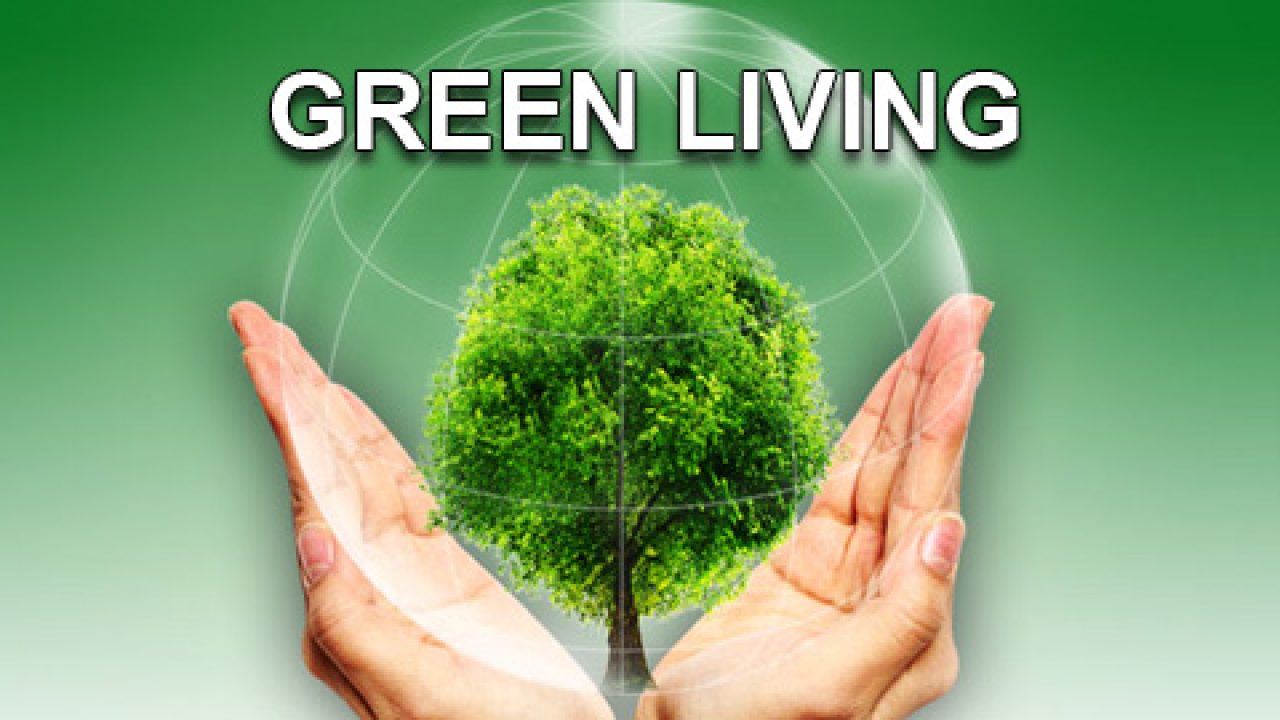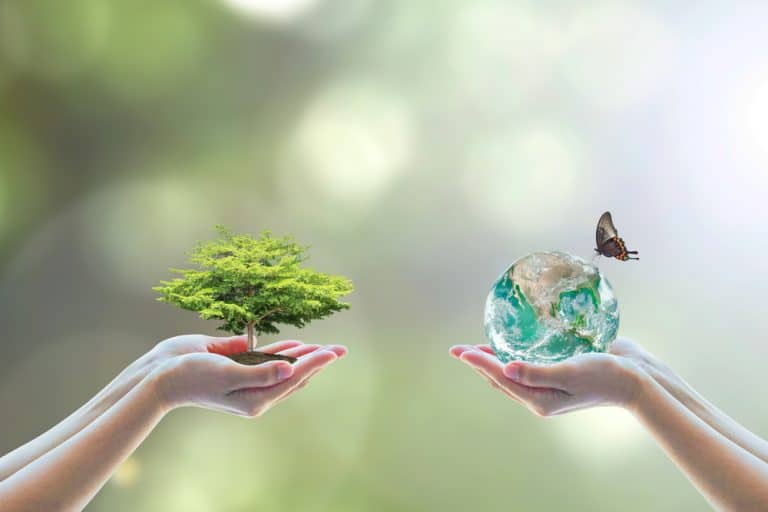Your birthday or someone very special is coming, and you’re going to throw a party? Yay! But have you thought about how to minimize waste in the organization of the event? You can plan a super party without garbage and debris! Check out the tips here!
1) Forget the Balloons!
Use colored ribbons that can be reused over the years. They are beautiful and give a lot of life to the environment. A decoration made with handmade or reusable items gives a special touch to the party.

2) Do Not Exaggerate the Feast
Calculate the number of people coming and the amount of food needed. When in doubt, it is better to estimate a little down than a pile-up because the leftovers are often lost in the end and result in waste. Don’t forget that many children start eating a dish, but don’t finish it. The good idea is to make small amounts of varied dishes. Finally, if you have to buy ingredients in supermarkets, choose ingredients with recyclable packaging and preferably with the I-recycling seal.

3) Choose Reusable Cups, Plates, and Cutlery
Ask family and friends to lend you some extras if necessary. This way, you save money and don’t generate a pile of garbage at the party’s end. When it comes to napkins, fabric napkins are always the best option! A small and seemingly insignificant object, like a napkin, can have a considerable impact on the environment. For instance, if 50% of the American population used one paper napkin three times a day per meal, over one year only, 164,250,000 (yes billion) napkins would be used!

4) Reuse Candles From Previous Parties
The candles on a cake are the center of attention for a few seconds. After they are lit, they still have a lot of life left in them. Reuse them on other occasions!

5) Make Confetti From Leaves
Did you know that confetti is a super polluter? Confetti is often made of paper, but it is also regularly made of plastic. This plastic can end up in the environment after being discarded. A sustainable and festive alternative is to make confetti from leaves yourself. Collect a pile of sturdy leaves and start (with the children) with a punch. Don’t forget the Christmas lights. This ensures a festive and welcoming atmosphere, even if it’s not Christmas.

6) Ask Guests to Reduce the Packaging and the Cards They Buy
The amount of waste the guests produce is surprising. To wrap a gift, only a sheet and a bow, preferably cellophane (since it is recyclable), are enough.
7) Avoid Outdoor Parties
Yes, there won’t be any waste for you, but the amount of waste generated by an out-of-home party is massive. If for some reason you want to do it anyway, a picnic in a park is better. It’s a fun option, and with good planning, it can also be waste-free!

8)Buy or Make Games That Can Be Reused
Reuse toys, milk cartons, boxes, and other things to make games and treasure hunts. The kids will love it! Moreover, you can save them from being used in a new game next year!

9) Don’t Waste Time and Money on Souvenir Bags
Most “souvenirs” are plastic garbage that ends up in a landfill, such as candy, lollipops, and chocolates. Instead, give your guests a piece of cake to take home with them. If you want something more elaborate, give seed and a vase for your guests to plant at home. It will be much more original!

With these tips, you can keep festive waste to a minimum and have more fun!


